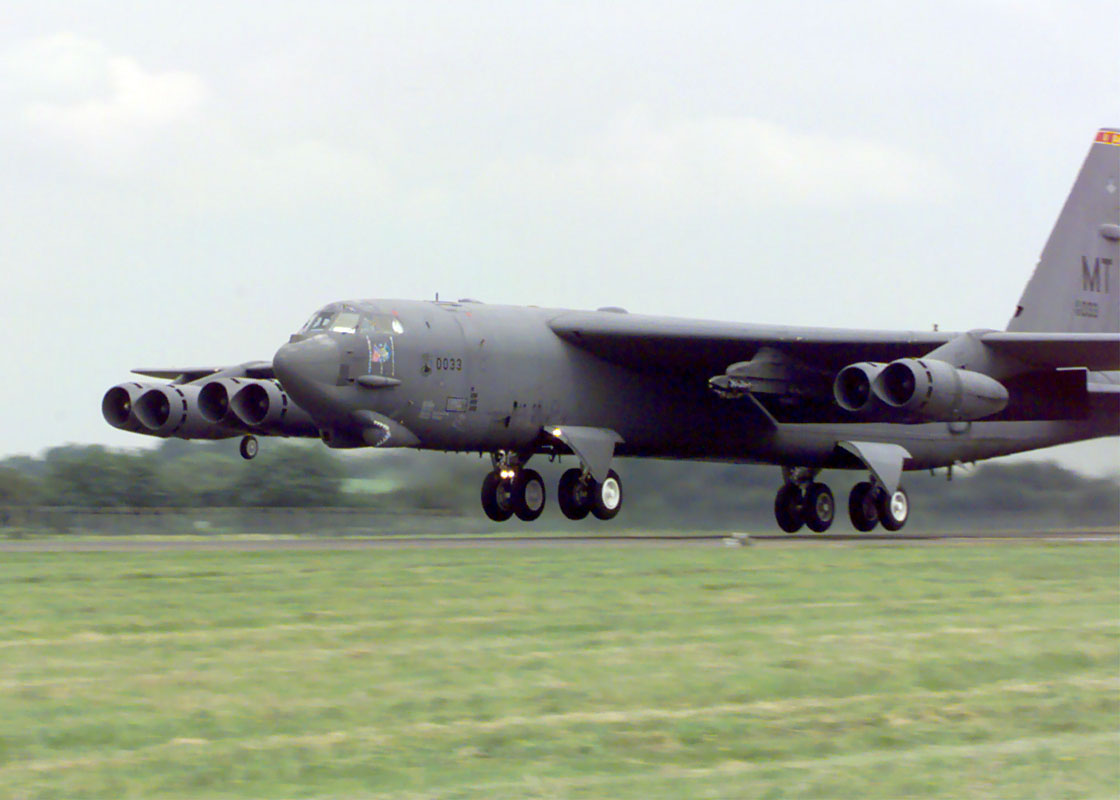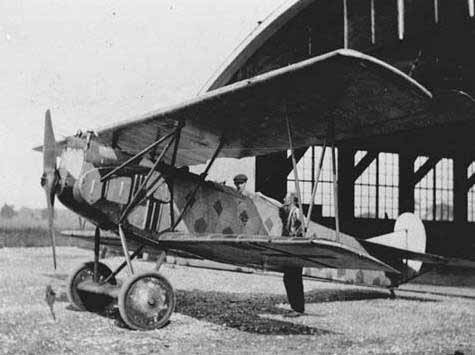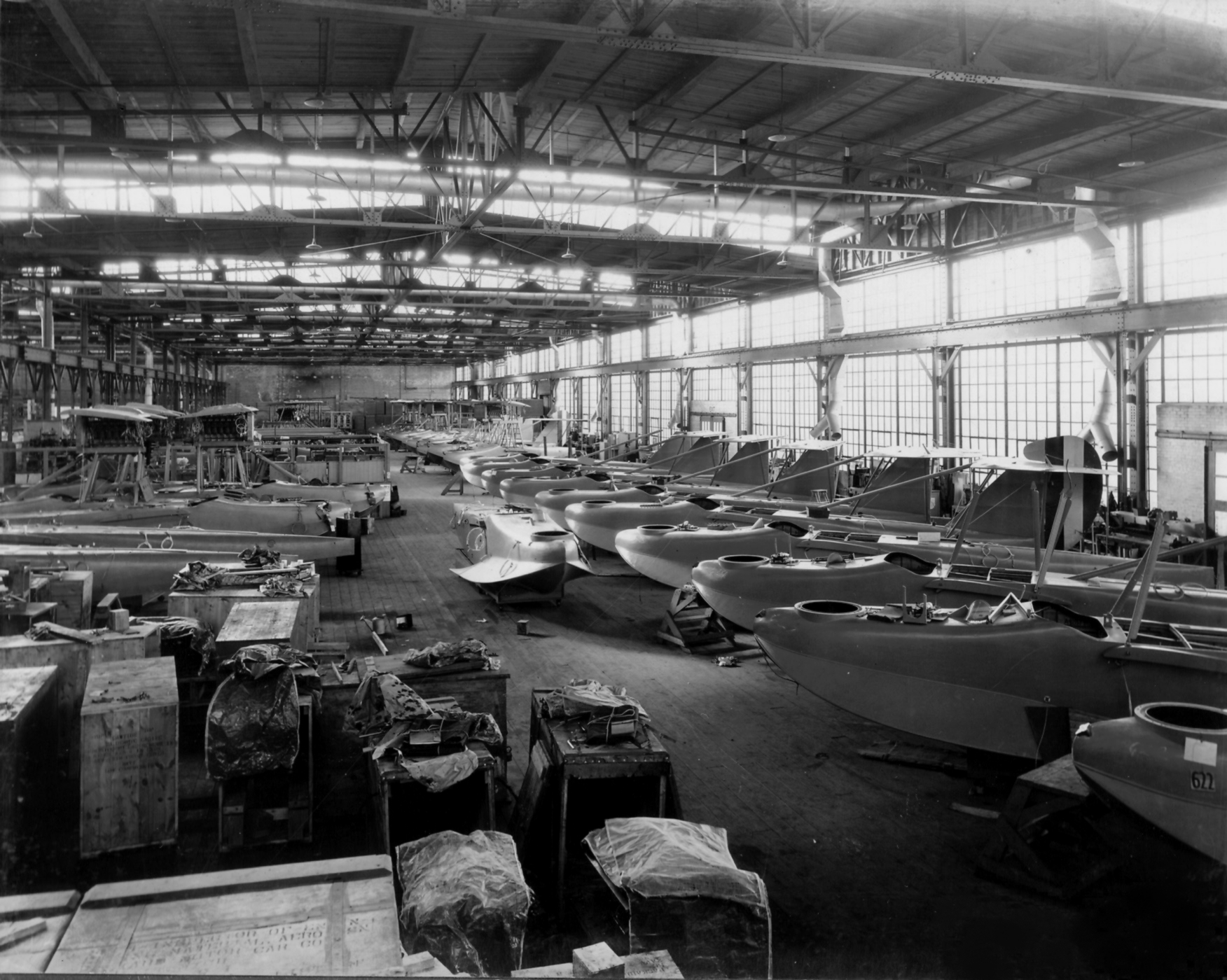|
5th Operations Group
The 5th Operations Group (5 OG) is an operational component of the United States Air Force 5th Bomb Wing, stationed at Minot Air Force Base, North Dakota. Its mission is to manage and operate B-52H Stratofortress bombers serve as part of the Air Force's conventional and strategic combat force. The group is one of the oldest units in the United States Air Force, being a successor organization of the 5th Group (Composite), one of the 15 original combat air groups formed by the Army before World War II. Units The 5 OG commands the following squadrons (Tail Code: MT): * 23d Bomb Squadron * 69th Bomb Squadron * 5th Operations Support Squadron Heraldry The group's emblem, approved in 1924, features a winged death's head as an uncompromising symbol of its combat mission History : ''For additional lineage and history, see 5th Bomb Wing'' The 5th Operations Group's history dates back more than eight decades to the infancy of military aviation. It originally activated as the 2nd Group ... [...More Info...] [...Related Items...] OR: [Wikipedia] [Google] [Baidu] |
United States Air Force
The United States Air Force (USAF) is the air service branch of the United States Armed Forces, and is one of the eight uniformed services of the United States. Originally created on 1 August 1907, as a part of the United States Army Signal Corps, the USAF was established as a separate branch of the United States Armed Forces in 1947 with the enactment of the National Security Act of 1947. It is the second youngest branch of the United States Armed Forces and the fourth in order of precedence. The United States Air Force articulates its core missions as air supremacy, global integrated intelligence, surveillance and reconnaissance, rapid global mobility, global strike, and command and control. The United States Air Force is a military service branch organized within the Department of the Air Force, one of the three military departments of the Department of Defense. The Air Force through the Department of the Air Force is headed by the civilian Secretary of the Air Force ... [...More Info...] [...Related Items...] OR: [Wikipedia] [Google] [Baidu] |
Boeing
The Boeing Company () is an American multinational corporation that designs, manufactures, and sells airplanes, rotorcraft, rockets, satellites, telecommunications equipment, and missiles worldwide. The company also provides leasing and product support services. Boeing is among the largest global aerospace manufacturers; it is the third-largest defense contractor in the world based on 2020 revenue, and is the largest exporter in the United States by dollar value. Boeing stock is included in the Dow Jones Industrial Average. Boeing is incorporated in Delaware. Boeing was founded by William Boeing in Seattle, Washington, on July 15, 1916. The present corporation is the result of the merger of Boeing with McDonnell Douglas on August 1, 1997. Then chairman and CEO of Boeing, Philip M. Condit, assumed those roles in the combined company, while Harry Stonecipher, former CEO of McDonnell Douglas, became president and COO. The Boeing Company's corporate headquarters is in Chicago, Illi ... [...More Info...] [...Related Items...] OR: [Wikipedia] [Google] [Baidu] |
4th Observation Squadron
The 394th Combat Training Squadron was a United States Air Force unit assigned to the 509th Operations Group until inactivated on 13 April 2018. It was stationed at Whiteman Air Force Base, Missouri. The mission of the squadron was to train Northrop Grumman B-2 Spirit aircrews, a mission now executed by the 13th Bomb Squadron. The 394th is the fourth oldest squadron in the United States Air Force. Its history dated to 5 May 1917 as the 4th Aero Squadron. The 394th Combat Training Squadron provided the 509th Bomb Wing with qualified, mission-ready B-2 and Northrop T-38 Talon pilots to support worldwide Joint Chiefs of Staff taskings until its inactivation in 2018. The 394th was also responsible for implementing all B-2 and T-38 formal training courses. The unit supervised and oversaw all T-38 operations and performed quality assurance for all maintenance and aircrew training devices, including weapon system trainers. Upon the 394th Combat Training Squadron's inactivation ... [...More Info...] [...Related Items...] OR: [Wikipedia] [Google] [Baidu] |
LB-5
The Keystone LB-5 (originally ordered under the Huff-Daland name) was a bomber aircraft produced in the United States in the late 1920s. Its manufacturer nicknamed it the Pirate, but this name was not officially adopted by the United States Army Air Corps (USAAC). Design and development The LB-5 was a member of the family of closely related bomber designs that had debuted with the XLB-1 in 1923, and as such, was a large, single-bay, conventional biplane. Like most of the family, it was a twin-engine machine, with engines mounted in nacelles on the lower wing. The prototype XLB-5 had a single tail fin like the XLB-1, the 10 LB-5 production machines were designed with a triple-finned tail under the Huff-Daland name, but the final batch of 25 was redesigned with twin tails and designated LB-5A. Operational history Its Liberty L-12 engines featured duralumin adjustable-pitch propellers built by the Standard Steel Propeller Company of Pittsburgh, Pennsylvania, (forerunner of the Ha ... [...More Info...] [...Related Items...] OR: [Wikipedia] [Google] [Baidu] |
72d Bomb Squadron
The 72d Test and Evaluation Squadron is part of the 53d Wing at Eglin Air Force Base, Florida. The squadron is geographically separated but operated from Whiteman Air Force Base, Missouri. It conducts testing and evaluation of the B-2 Spirit aircraft. Mission The squadron is the focal point for executing operational test and evaluation of the $44.6 billion B-2 weapon system. The squadron evaluates the ability of the B-2 weapons system to support all major requirements and reports weapon system capabilities. The unit provides experienced operations, maintenance, engineering, and analysis personnel who plan and conduct ground and flight tests, and analyze, evaluate, and report on the effectiveness and suitability of B-2 logistics support, tactics and survivability, foreign military exploitation, weapons and mission planning. The squadron reports results and conclusions to support DoD acquisition, deployment and employment decisions. History World War I The squadron was ... [...More Info...] [...Related Items...] OR: [Wikipedia] [Google] [Baidu] |
NBS-1
The Martin NBS-1 was a military aircraft of the United States Army Air Service and its successor, the Army Air Corps. An improved version of the Martin MB-1, a scout-bomber built during the final months of World War I, the NBS-1 was ordered under the designation MB-2 and is often referred to as such. The designation NBS-1, standing for "Night Bomber-Short Range", was adopted by the Air Service after the first five of the Martin bombers were delivered. The NBS-1 became the standard frontline bomber of the Air Service in 1920 and remained so until its replacement in 1928–1929 by the Keystone Aircraft series of bombers. The basic MB-2 design was also the standard against which prospective U.S. Army bombers were judged until the production of the Martin B-10 in 1933. Design and development The NBS-1 was a wood-and-fabric biplane without staggered wings, employing twin rudders on a twin vertical tail. Its two Liberty 12-A engines sat in nacelles on the lower wing, flanking th ... [...More Info...] [...Related Items...] OR: [Wikipedia] [Google] [Baidu] |
Fokker D-VII
The Fokker D.VII was a German World War I fighter aircraft designed by Reinhold Platz of the Fokker-Flugzeugwerke. Germany produced around 3,300 D.VII aircraft in the second half of 1918. In service with the ''Luftstreitkräfte'', the D.VII quickly proved itself to be a formidable aircraft. The Armistice ending the war specifically required, as the fourth clause of the "Clauses Relating to the Western Front", that Germany was required to surrender all D.VIIs to the Allies. Surviving aircraft saw much service with many countries in the years after World War I. Development and production Fokker's chief designer, Reinhold Platz, had been working on a series of experimental V-series aircraft, starting in 1916. The aircraft were notable for the use of cantilever wings. Hugo Junkers and his aviation firm had originated the idea in 1915 with the first practical all-metal aircraft, the Junkers J 1 monoplane, nicknamed ''Blechesel'' (Sheet Metal Donkey or Tin Donkey). The wings wer ... [...More Info...] [...Related Items...] OR: [Wikipedia] [Google] [Baidu] |
Thomas-Morse MB-3
The Thomas-Morse MB-3 was an open-cockpit biplane fighter primarily manufactured by the Boeing Company for the U.S. Army Air Service in 1922. The MB-3A was the mainstay fighter for the Air Service between 1922 and 1925. Development In March 1918, the United States Army Air Service requested several American aircraft manufacturers to design a new fighter, to be powered by a water-cooled Wright-Hispano H, a license-built Hispano-Suiza 8, to replace the French-built SPAD XIII.Pelletier ''Air Enthusiast'' September–October 2007, p. 46.Angelucci and Bowers 1987, pp. 420–421.Dorr and Donald, 1990, p. 20. The Thomas-Morse Aircraft Corporation of Ithaca, New York proposed the MB-3, designed by its British-born chief designer B. Douglas Thomas, to meet this requirement, with an order for four prototypes being placed in September 1918.Wegg 1990, p. 24. The MB-3 was a single seat two- bay biplane of similar layout to the SPAD XIII that it was intended to replace. It was of wood and f ... [...More Info...] [...Related Items...] OR: [Wikipedia] [Google] [Baidu] |
Curtiss JN-4
The Curtiss JN "Jenny" was a series of biplanes built by the Curtiss Aeroplane Company of Hammondsport, New York, later the Curtiss Aeroplane and Motor Company. Although the Curtiss JN series was originally produced as a training aircraft for the US Army, the "Jenny" (the common nickname derived from "JN") continued after World War I as a civil aircraft, as it became the "backbone of American postwar ivilaviation". Thousands of surplus Jennys were sold at bargain prices to private owners in the years after the war and became central to the barnstorming era that helped awaken the US to civil aviation through much of the 1920s. Design and development Curtiss combined the best features of the model J and model N trainers, built for the US Army and US Navy, and began producing the JN or "Jenny" series of aircraft in 1915. Curtiss built only a limited number of the JN-1 and JN-2 biplanes. The design was commissioned by Glenn Curtiss from Englishman Benjamin Douglas Thomas, formerl ... [...More Info...] [...Related Items...] OR: [Wikipedia] [Google] [Baidu] |
6th Fighter Squadron
The 6th Weapons Squadron is an active United States Air Force unit. It is assigned to the USAF Weapons School, based at Nellis Air Force Base, Nevada. It was previously assigned to the Seventh Air Force, being inactivated at Yokota Airfield, Japan on 20 February 1947. The unit was one of the initial Aero Squadrons established by the United States Army Signal Corps, its origins dating to 13 March 1917 prior to the United States' entry into World War I. It was the first Air Service squadron assigned to Hawaii. It was part of the island's defenses until entering into combat during World War II in the Southwest Pacific Area as a night fighter squadron in 1944. History Prior military aviation in Hawaii The origins of the unit date to 29 June 1913 when Lieutenant Harold Geiger, along with about 12 enlisted men and a civilian engine expert, George B. Purington, left the Army aerodrome at North Island (later Rockwell Field), San Diego, California to establish an air school in Haw ... [...More Info...] [...Related Items...] OR: [Wikipedia] [Google] [Baidu] |
Curtiss HS
The Curtiss HS was a single-engined patrol flying boat built for the United States Navy during World War I. Large numbers were built from 1917 to 1919, with the type being used to carry out anti-submarine patrols from bases in France from June 1918. It remained in use with the US Navy until 1928, and was also widely used as a civil passenger and utility aircraft. Development and design In late 1916, the Curtiss Aeroplane Company produced a new twin-engined flying boat, which was smaller than both the current Curtiss H-12 being built for Britain's Royal Naval Air Service and the earlier Curtiss H-4, with the new design given the factory designation Model H-14, although its design was unrelated to earlier Model H variants. The H-14 was a conventional unequal-span, unstaggered biplane, powered by two 100 hp (75 kW) pusher Curtiss OXX engines mounted between the wings. An order for 16 was placed by the United States Army before the prototype flew, but the prototype was d ... [...More Info...] [...Related Items...] OR: [Wikipedia] [Google] [Baidu] |







